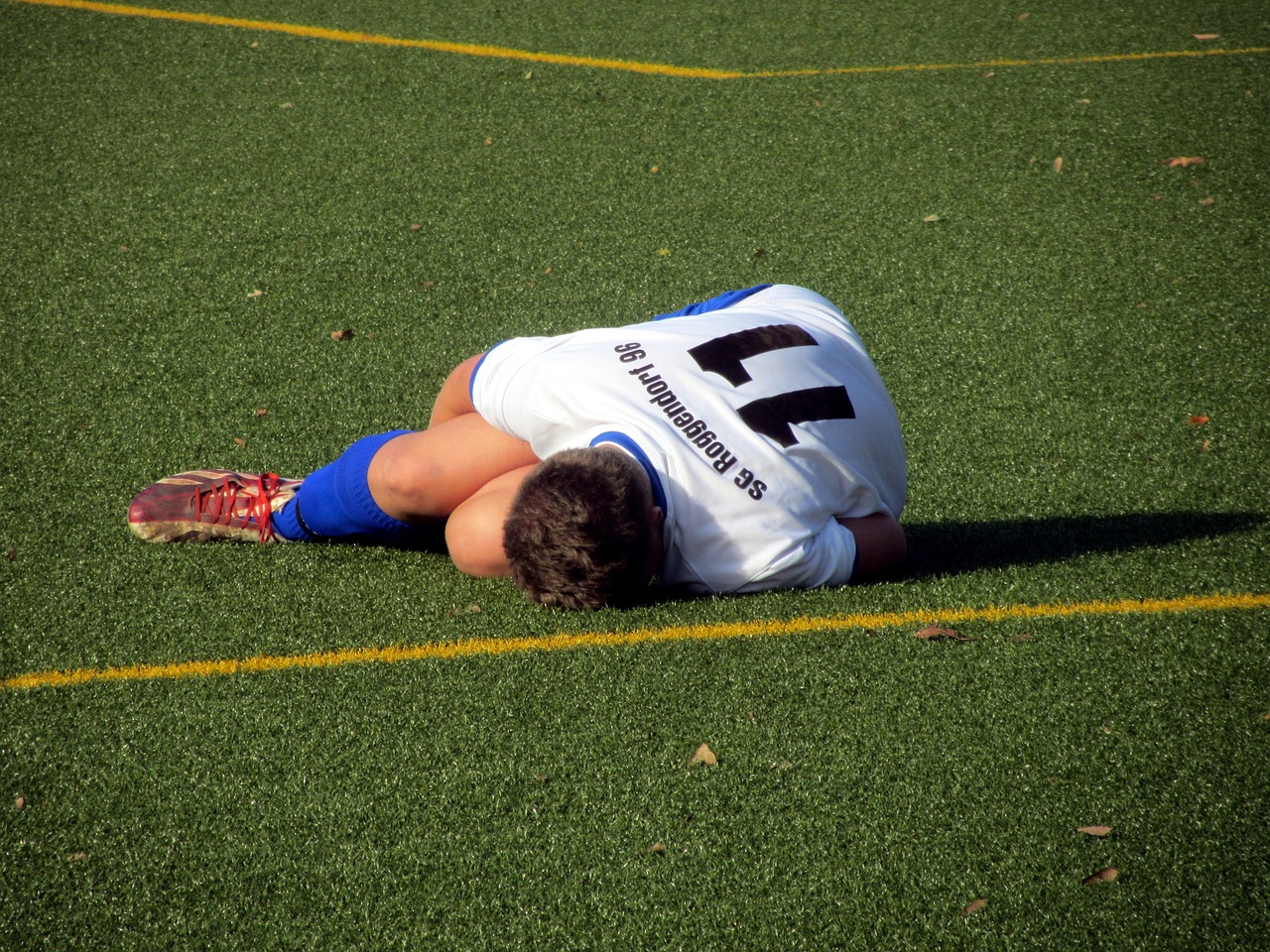Have you ever played football, soccer, or tennis before? Have you ever twisted or turned quickly and felt pain in the groin area? If you’ve answered yes to one of these questions, listen up because sports hernia could affect you.
Sports hernia, also known as athletic pubalgia or hockey hernia, is a tear of the soft tissue around the lower abdomen or groin area. More specifically, the tendons attaching the oblique muscles of the abdomen to the pubic bone are at a higher risk of tearing. A tear occurs from overuse and stress of the groin muscles. A sports hernia is most common in athletes who play high-impact sports, such as ice hockey or football, because of the repetitive and forceful twisting and turning that’s involved.
The symptoms of sports hernia include severe pain in the groin area and impairment of movement. The pain usually gets better after rest but can return when playing sports is resumed. A common misconception is that sports hernia can cause a bulge in the groin, but this is false. However, because of the weakened abdominal and groin muscles, a sports hernia can be a predisposition for an inguinal hernia, in which intestinal tissue bulges through abdominal or groin muscles.
Image Source: Morsa Images
Treatment comes in two types: nonsurgical and surgical. For nonsurgical, initial treatment includes resting and icing the injured area. After two weeks, physical therapy exercises may help strengthen the abdominal and groin muscles. If the pain is very severe, anti-inflammatory medications can offer relief. If after a month of physical therapy and symptoms aren’t improving, surgery will be required. Surgery can be done traditionally with one long incision or using smaller incisions and a small camera, which is called an endoscopic procedure. Most athletes make a full recovery after 6-12 weeks and resume sports.
Ways to prevent injury include adequately resting after playing sports and wearing properly fitted gear such as groin protectors. Also, increasing flexibility by thoroughly stretching before and after playing is important. Lastly, strengthening groin and abdominal muscles by working out and conditioning can help.
If you’re someone who plays sports often, be wary of a sports hernia, and remember to wear the right protective gear, stretch, and strengthen your groin muscles. If you do get injured, remember that resting is the best form of medicine.
Feature Image Source: Renno_new










